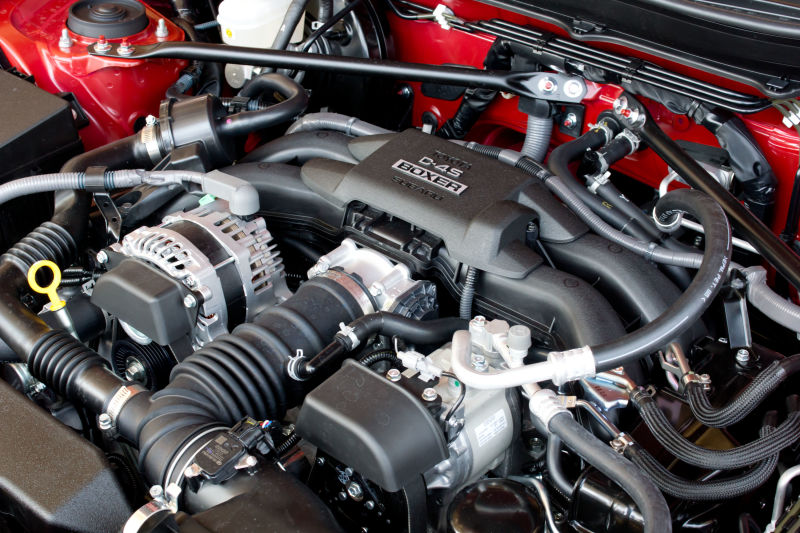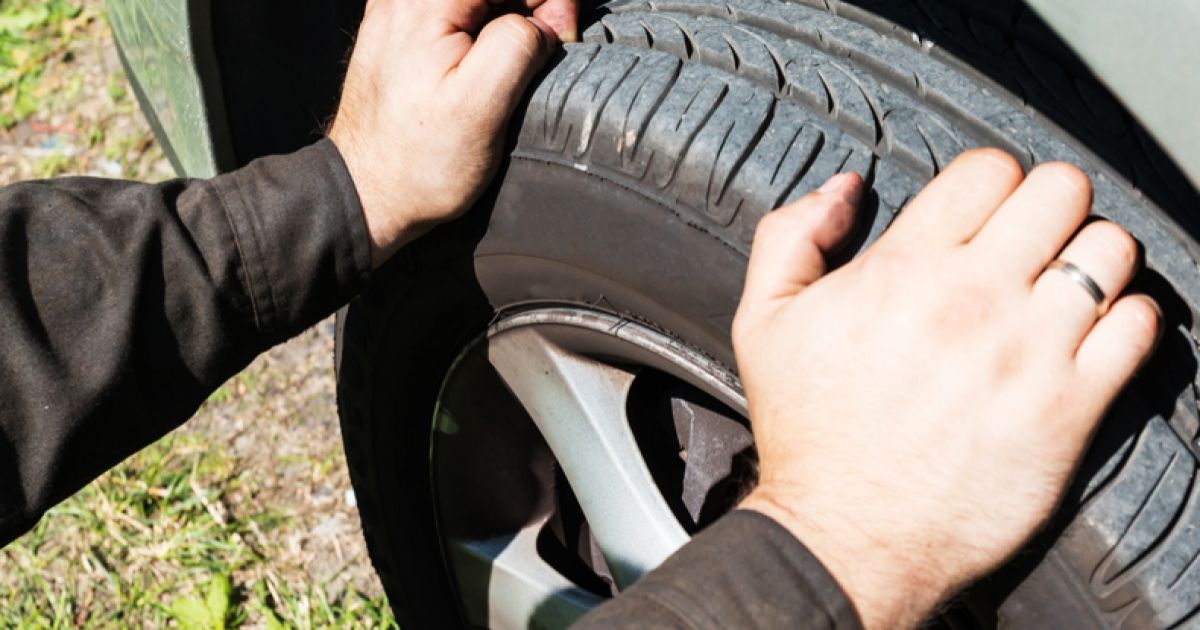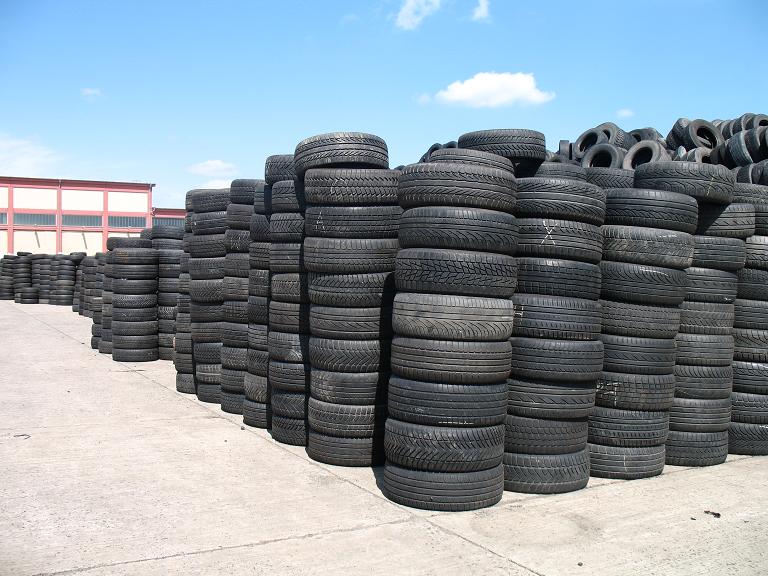When the starter is activated, the engine starts. How to explain this little miracle? A car engine works on the principle of the engine. It will transform the thermal energy of the engine into mechanical energy. When it fails to do such functions, it is said that “car engine failed”. You can easily Auto mit Motorschaden verkaufen here. After detailing its structure, we will study how it works.
How is an engine made?
The engine consists of cylinders (on average 4) in which a piston slides. Each piston is connected with connecting rod, a small metal piece that transforms the movement of the piston back and forth in a rotary motion that is transmitted to the crankshaft on which it is connected.
It is this rotational movement of the crankshaft which, transmitted to the gearbox, will set the car in motion.
But back to pistons. The cylinder heads are closed by a cylinder head with two openings closed for one by an intake valve, and for the other by an exhaust valve.
The 4-stroke engine
When starting (turn key), the electric starter drives the crankshaft through a series of gear wheels, and it is the crankshaft that will set the pistons in motion and trigger the engine time that will allow the engine to operate alone. It unfolds according to the following scheme:
- 1st time: admission; the intake valve opens and the piston goes down into the cylinder by sucking up a mixture of air and fuel prepared by the carburetor or injection.
- 2nd beat: compression; the inlet valve closes and the piston rises again by compressing the mixture.
- 3rd time: combustion; when the piston reaches the highest, the spark plug causes a spark and the mixture explodes, pushing the piston down. It’s the driving time.
- 4th time: the exhaust; the exhaust valve opens and the piston rises, expelling the burnt gases to the exhaust manifold. Then, a new cycle starts again.
The variants
The 4-stroke diesel engine
It takes the same operating principle as the gasoline engine, with the difference that during the intake cycle, only air enters the cylinder, the diesel being injected during the combustion cycle. It self-ignites without the help of spark plugs.
The 2-stroke engine Its design is different because it is the piston itself that will close or open, placing itself in front of the intake and exhaust ports.
- 1st stage: the piston in high position compresses the mixture which, after explosion, is pushed back down. On going down, the piston compresses the gases and returns them to the principle of communicating vessels.
- 2nd step: the pressure rising, the exhaust opens and evacuates the burned gases. When the piston rises, the opening closes and the fresh mixture enters from below.



